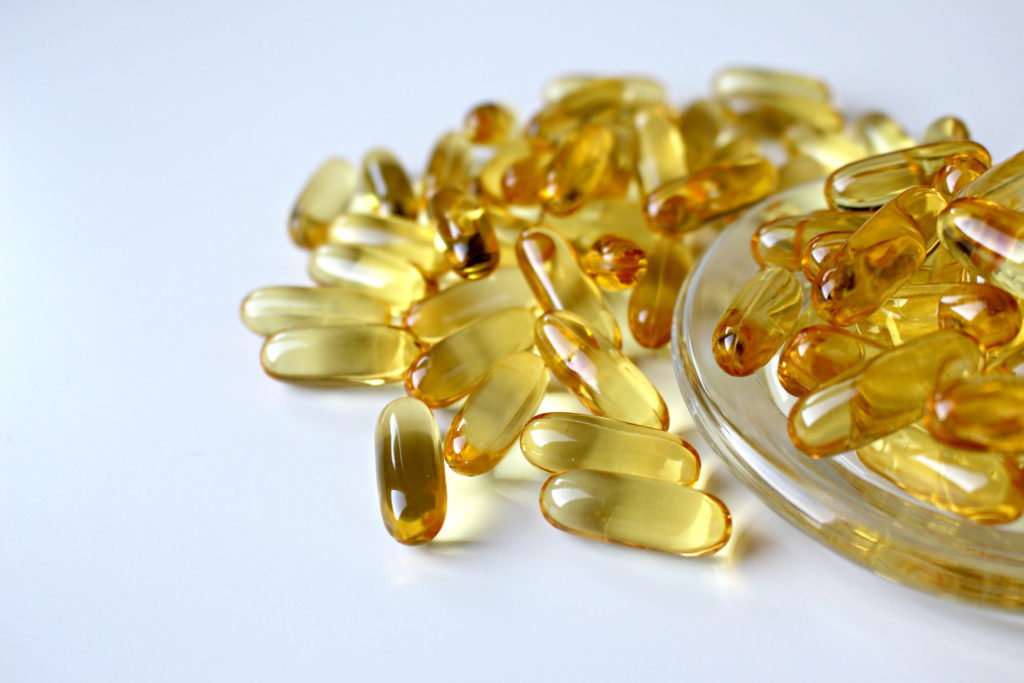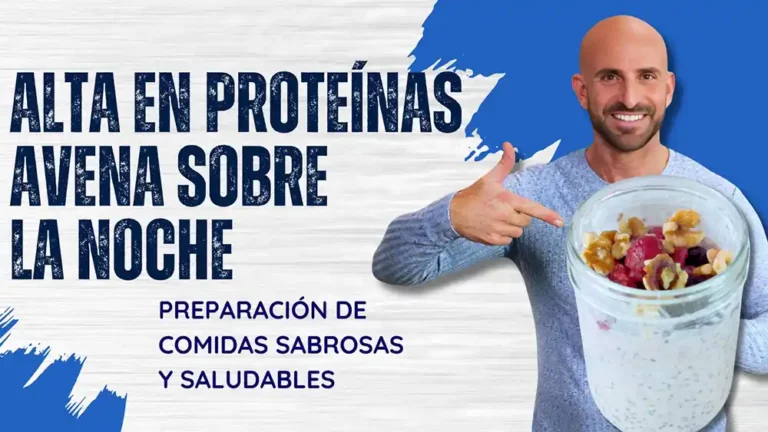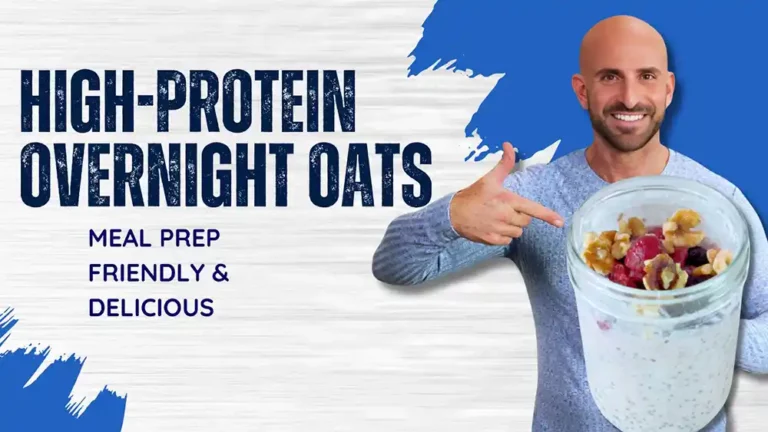
In this final entry in the series, we tie it all together. We’ve covered what Omega-3s are, what health benefits they offer and what different types there are. This time, we’re going to go over the best sources of these healthy fats. Believe it or not, you can’t find a healthy dose of Omega-3s in just any type of seafood and, that grass-fed beef that everyone is so crazy about? It doesn’t have nearly as many Omega-3s per serving as they would like you to think.
And what about supplements? You may be shocked to find out that most of the fish oil supplements on the market today don’t give you nearly as many Omega-3s as you need and, if you don’t read your labels carefully, you’ll end up wasting your money more often than not. Never fear, though, I’m going to show you exactly what to look for.
Best Omega-3 Sources and Supplements
Let’s start off with how much you need.
Recommendations vary given that the science around Omega-3s is still relatively new. However, 500-650 milligrams of Omega-3s, with at least 220 milligrams from EPA and 220 milligrams is what is recommended by the International Society for the Study of Fatty Acids and Lipids.
For perspective, a 6-ounce salmon filet gives you 1,800 milligrams of EPA and DHA combined.
That said, all you need is two servings of fatty fish in a week and you’ll be all good. However, some fishes are harder hits than others. Below are the best sources of EPA and DHA Omega-3s from the highest to the lowest.
One serving is 6 ounces:
> 1000 mg serving
- Salmon
- Herring
- Sardines (3-ounce serving)
- Trout
500-750mg
- Bass
- Flounder
- Lobster
125-500 mg
- Tuna
- Shrimp
- Scallops
- Tilapia
Some of you may be wondering…what about grass-fed beef? As much as I get asked about this protein source that’s supposedly “so high in omega-3s,” sadly, its omega-3 content is overhyped, only providing <200 milligrams for 6 ounces.
So what if you hate fish? What about a supplement? The hype has caused shelves to flood with fish oil supplements…and almost all of them are duping you. The thing with fish oil is, you get what you pay for. If you found a bottle of fish oil supplements at your local convenience store for $5, odds are it’s not as potent as the stuff you’re looking for. Just because it says on the label “600mg of Omega-3s,” that does not mean it has 600mg of DHA and EPA. That’s the key. So, it’s very important to check these on the label to make sure you’re getting enough to even be worth it. If it doesn’t even show DHA and EPA on the label, just put it down.
Let’s do a label comparison.
The first image is a generic brand. It’s got 650 mg of Omega-3s. Good enough to meet recommendations right? However, the amount of DHA and EPA is small, only 480 mg and 104 mg respectively. Not nearly enough to meet recommendations meaning you won’t get the health benefits you’re looking for. Also, not only do cheaper brands tend to be in an ethyl ester form that’s harder for the body to absorb, with this measly amount of Omega-3s you’d be better off eating a tiny can of sardines.
On this second label, notice that not only does it have a whopping 4,000 mg of total Omega-3s, but enough in one serving to give you the same amount of EPA and DHA as a salmon filet and plenty to give you those benefits we talked about. It’s also made from reesterified triglyceride oil. That’s a really fancy term for a type of fish oil that’s been shown to be absorbed 70% better by the body and is more expensive to produce because of the high quality.
As a final note, you can also get Omega-3s from krill oil, but these come in smaller doses so be prepared to take a lot more to see benefits. Vegetarian or vegan? Algae oil is also a great alternative source, but the label reading guidelines still apply.
The bottom line? Meeting the weekly guidelines for Omega-3s doesn’t have to be tricky, but hopefully, I’ve given you all the tools you need to not be tricked. Eat your seafood (it’s a great source of lean protein!), get in some of the more heavy-hitters listed above and, if you decide to supplement, read your labels to make sure you’re investing your money in a quality product.







